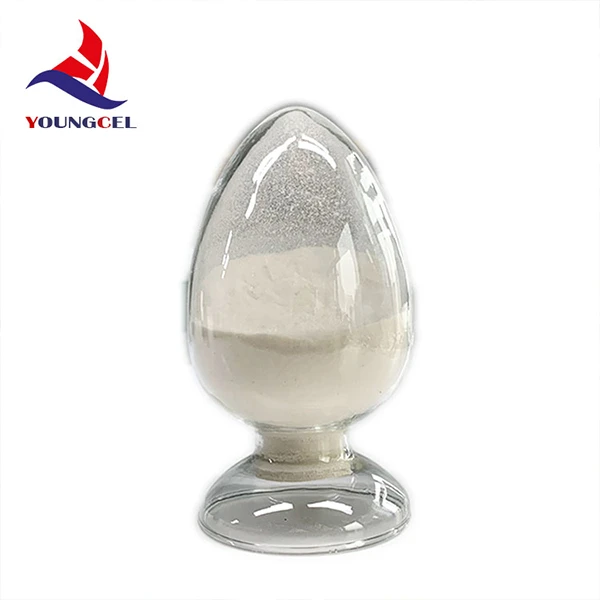The Role of Cellulose Polymer in Modern Applications
Cellulose, a complex carbohydrate and the main component of plant cell walls, plays a vital role in various industries due to its abundance, renewability, and versatility. As a polymer composed of glucose units, cellulose can be transformed into an array of functional derivatives, leading to its classification as cellulose polymer. This article explores the significance of cellulose polymer across different sectors, emphasizing its properties, applications, and environmental benefits.
Properties of Cellulose Polymer
Cellulose polymer exhibits unique properties that make it valuable in industrial applications. It is biodegradable, non-toxic, and biocompatible, making it an attractive alternative to synthetic polymers. Additionally, cellulose polymers possess excellent mechanical strength, high thermal stability, and the ability to form films and gels. These characteristics enable engineers and scientists to manipulate cellulose for various purposes, from creating biodegradable packaging materials to enhancing drug delivery systems.
Applications in the Pharmaceutical Industry
One of the prominent applications of cellulose polymer is in the pharmaceutical industry. Cellulose derivatives such as hydroxypropyl methylcellulose (HPMC) and carboxymethyl cellulose (CMC) are widely used as excipients in tablet formulations, acting as binders, disintegrants, and stabilizers. These cellulose polymers help control the release of active pharmaceutical ingredients, improving bioavailability and therapeutic efficacy. Furthermore, their biocompatibility makes them suitable for use in coatings, enhancing the stability and delivery of medication.
Environmental Benefits
cellulose polymer

In an era where environmental concerns are paramount, cellulose polymers provide a sustainable alternative to petroleum-based products. The use of cellulose in biodegradable plastics and packaging reduces reliance on fossil fuels and minimizes waste. As these materials decompose, they do not contribute to the persistent pollution associated with synthetic plastics. Moreover, cellulose is derived from renewable resources such as wood, cotton, and other plant materials, making it a sustainable option that aligns with the principles of a circular economy.
Textiles and Food Industry
The textile industry also leverages cellulose polymers in various forms. Regenerated cellulose fibers, like rayon and lyocell, are produced from dissolving pulp, resulting in soft, breathable materials used in clothing and home textiles. These fibers provide an excellent alternative to synthetics, combining comfort with sustainability.
In the food industry, cellulose polymers play a crucial role in food processing. They are used as thickeners, stabilizers, and emulsifiers, enhancing the texture and shelf life of food products. For instance, cellulose gum is commonly added to salad dressings, sauces, and ice creams to improve viscosity and prevent separation.
The Future of Cellulose Polymer
As research advances, new methods of processing and utilizing cellulose polymers continue to emerge. Innovations in nanocellulose technology are paving the way for high-performance materials that can revolutionize industries ranging from construction to electronics. The potential for cellulose-based composites, designed for enhanced strength and reduced weight, holds promise for a range of applications from automotive to aerospace engineering.
In conclusion, cellulose polymer stands as a cornerstone of sustainable technology, offering a plethora of applications across diverse industries. Its environmentally friendly properties, combined with its adaptability, position it as a key player in addressing the challenges of modern society. As we move towards a more sustainable future, the importance of cellulose polymer will undoubtedly grow, illustrating the need for continued research and application of this remarkable biopolymer.
-
The Application and Significance of Construction RdpNewsMay.19,2025
-
Industrial Grade HpmcNewsMay.19,2025
-
Building Coating Adhesive Building Coating Adhesive HpmcNewsMay.19,2025
-
Application Of Hpmc For Detergent For Detergent In DetergentsNewsMay.19,2025
-
Application Of Hpmc Cellulose In Cement-Based MaterialsNewsMay.19,2025
-
Application Of High Quality Hpmc For Construction In The Field Of ConstructionNewsMay.19,2025




